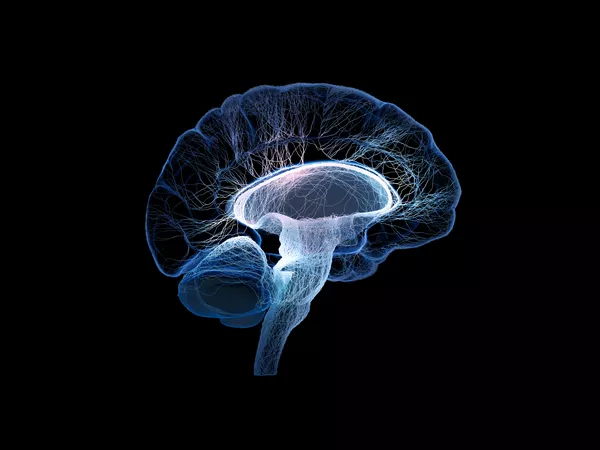ORIGINAL RESEARCH
Published on 26 Dec 2016
Blockade of Serotonin 5-HT2A Receptors Suppresses Behavioral Sensitization and Naloxone-Precipitated Withdrawal Symptoms in Morphine-Treated Mice

doi 10.3389/fphar.2016.00514
- 5,109 views
- 32 citations
21k
Total downloads
128k
Total views and downloads
Select the journal/section where you want your idea to be submitted:
ORIGINAL RESEARCH
Published on 26 Dec 2016

ORIGINAL RESEARCH
Published on 22 Sep 2016

REVIEW
Published on 23 Apr 2015
REVIEW
Published on 22 Jan 2015
REVIEW
Published on 15 Jan 2015
REVIEW
Published on 13 Jan 2015
METHODS
Published on 04 Nov 2014
REVIEW
Published on 18 Sep 2014
OPINION
Published on 17 Jul 2014
REVIEW
Published on 24 Jun 2014
REVIEW
Published on 06 Jun 2014
REVIEW
Published on 03 Jun 2014

Frontiers in Pharmacology